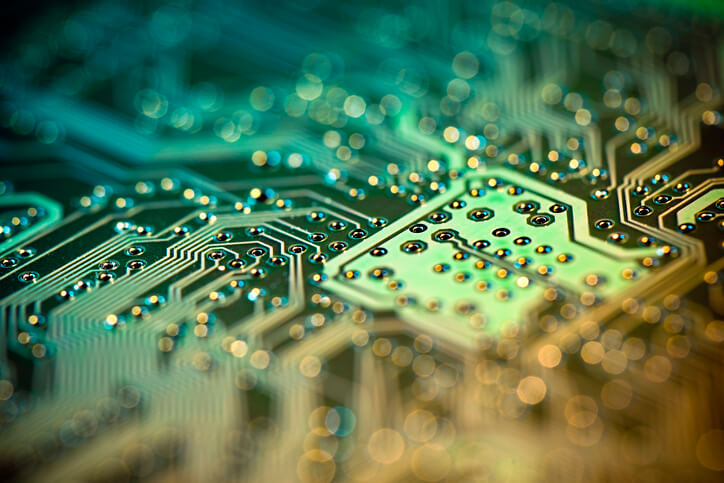It is not a secret that the development of any industry depends on the development of technologies, devices, and electronic systems. That is why PCB design is a promising field that enjoys various advancements.
Nowadays, there are a variety of new trends in PCB design development, let’s explore the most significant ones.
Flex PCBs
Flex PCB is made from flexible material and can have a flexible overlay. This PCB technology provides more advanced capabilities, high reliability, various material options. Besides, It allows for building ergonomic devices.
Due to its flexibility, it can be used in a large number of electronics solutions including calculators, mobile devices, cameras, wearables to name a few. Moreover, Flex PCBs are used for creating healthcare and medical solutions, moving parts of robotic systems, processing machines.
High-Density Interconnect (HDI)
This technology was created as a result of high demand for ergonomic products of tiny sizes. They require more outstanding capability, particularly directing traces.
HDI technology allows for saving space on a PCB, building more complex designs with higher number of connections on one PCB. That leads to much higher performance and efficiency. HDI is commonly used for data communication, mobile devices.
High Power Boards
There is an affluence of devices that are designed for high power. They are power supplies, PV panels, electric vehicles and all these solutions use high voltage levels.
Such electronics systems should be efficient at handling interference issues. Here comes the high power boards for help, as they can handle much traffic and generate much heat.
Internet of Things (IoT)
The Internet of things field is gaining popularity in modern world. IoT solutions make the world to be more connected and data transmission to be faster. IoT devices are used in almost every industry: smart home, medicine, entertainment, educations, industrial, automotive, etc.
IoT devices and sensors allows for monitoring, controlling processes remotely and exchanging data wirelessly. IoT PCBs development requires meeting a number of standards and regulations.
Besides, this trend leads to a faster process of building PCBs due to the usage of network connections instead of cables and wires.
PCBs that are Environmentally friendly
Environment concerns gave a boost to creating devices that contain less chemicals and biodegradable materials. E-waste management requires building devices that can be recycled with the refining procedure.
PCB board cameras
Board-based cameras are popular among consumer and industrial electronics as it allows for monitoring people, pets, objects remotely and take photos and videos.
Small camera modules mounted on a board are used in cell phones, little clinical equipment, surveillance tools, and solutions with Computer Vision and machine learning algorithms, and so on. 








